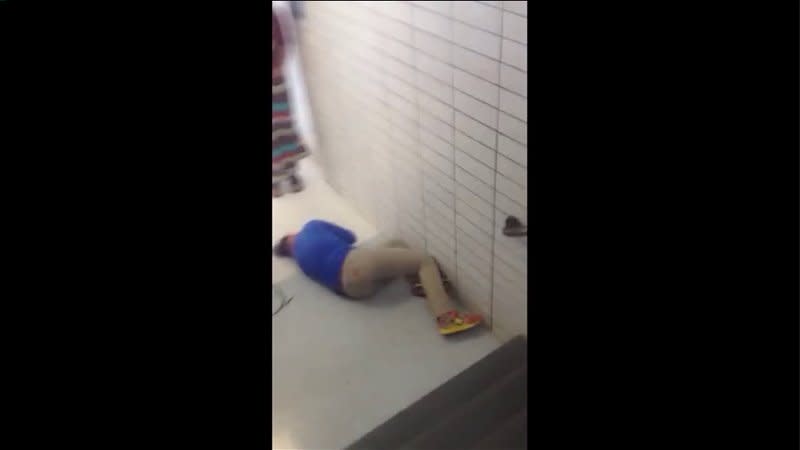
The new Dunbar Vocational High School building opened for students for the 1956–57 school year. Daley, construction began at 3000 South Parkway Avenue (now Dr. The groundbreaking ceremony for the new school occurred in April 1955 with Chicago school officials and then newly elected Chicago mayor Richard J. A vacant site about two and a half miles north from the school's location was voted on and selected as the new Dunbar's location in mid–1954 costing the district a mere $7 million to construct. The Chicago Board of Education decided that a new school building was needed for Dunbar.

īy 1952, Dunbar suffered from issues dealing with overcrowding and aging of the school building. In addition to the school building, twenty–two mobile classroom which served as vocational shops were constructed on the site over the course of several months after its opening. The school's first location was in a former elementary school building located at 4401 South St. In 1946, the Chicago Public Schools changed the trade school into a public high school, accepting ninth grade students in January of that year. The school was considered as a "vocational branch" of Wendell Phillips High School, considering both schools were predominately African–American. When the school opened, the school had a student enrollment of 1,500 Mostly all of which were African–American. Opening in September 1942 as a Dunbar Trade School, the school was created to provide skill workers for the war. The school is named in honor of the African–American poet, novelist, and playwright Paul Laurence Dunbar. Dunbar opened in 1942 and is operated by the Chicago Public Schools (CPS) district. North Central Association of Colleges and Schools ĭunbar Vocational High School (also known as Dunbar Vocational Career Academy, or DVCA) is a public 4–year vocational high school located in the Bronzeville neighborhood on the south side of Chicago, Illinois, United States.


 0 kommentar(er)
0 kommentar(er)
